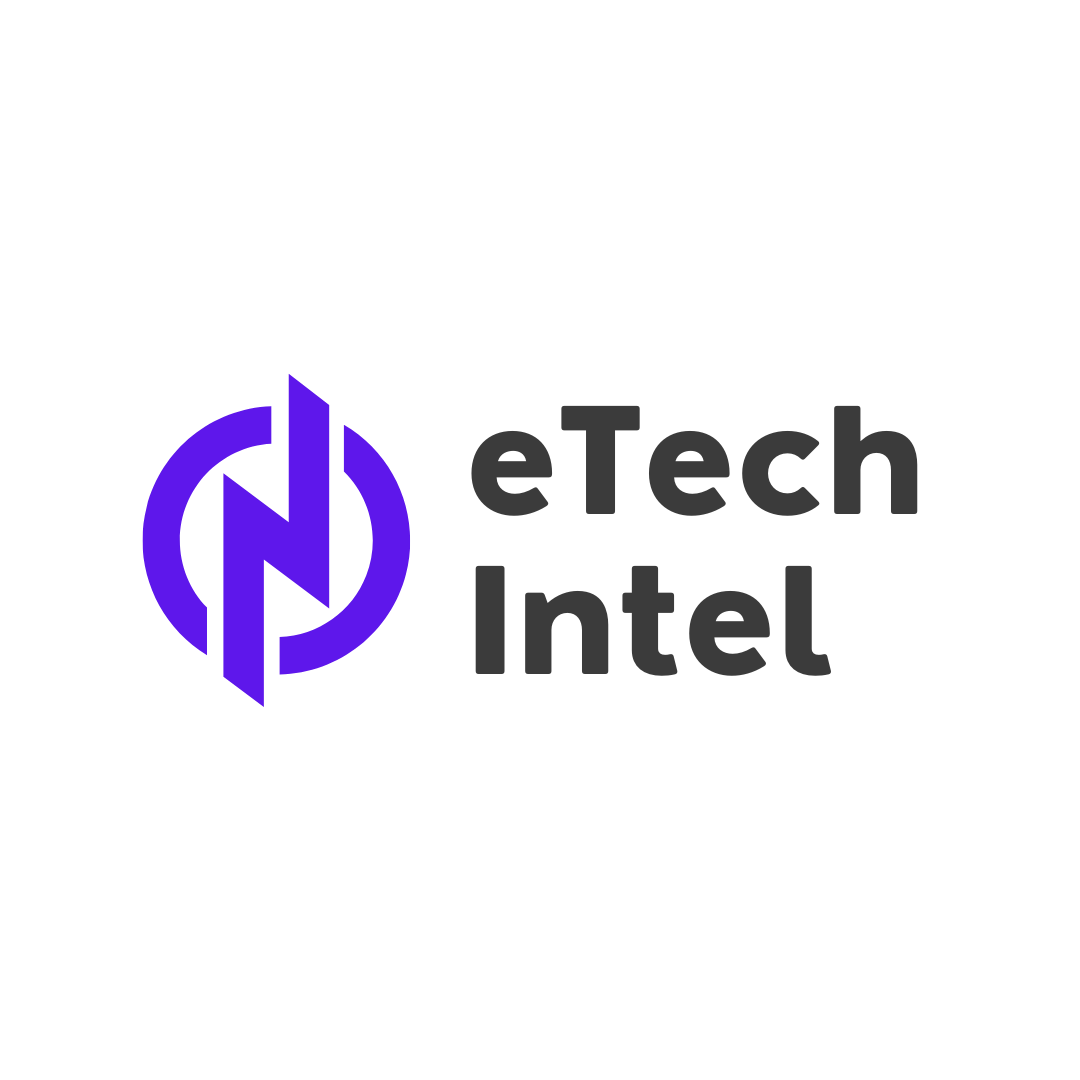Is your business still running on legacy SAP systems? The clock is ticking — modern enterprises are already embracing AWS Cloud + S/4HANA to stay ahead.
Browsing: Cloud Computing
Cloud-powered services create benefits for all types of companies, yet most enterprises are merely scratching the surface of what’s possible in the cloud. According to a 2021 analysis by McKinsey, $1 trillion in run -rate EBITDA is up for grabs between now and 2030.
Game studios can now unlock the benefits to create more loyal employees with more flexible work arrangements, both for distributed teams and individuals. Expand talent pool reach to find content creators anywhere in the world, amplify collaboration outside the boundaries of office walls, and improve security—all with AWS.
As cloud adoption continues to grow, it is crucial companies understand how security can impact operations in the cloud and what the ramifications are if their environment is not adequately protected. There are numerous components to consider when establishing your cloud adoption strategy and security policies, including data, users, applications, infrastructure, and more.
In this free guide on Cloud computing, you’re going to learn exactly what the Cloud is, how it’s used, why it’s used and also why businesses around the world rely on it to power their IT infrastructure and scale in size, as their need demands.
The word migration can be off-putting. Moving to a public cloud is often thought of as a long and painful process full of late nights, downtime, and overworked developers. This puts a lot of pressure on infrastructure owners, who are faced with the challenge of modernizing the IT landscape, reducing their costs, and helping teams innovate.
This document describes the experiences of businesses that chose to redeploy self-managed database servers from their data centers or cloud environments to Cloud SQL, Google Cloud’s relational database service for MySQL, PostgreSQL, and SQL Server. Doing so enabled them to reduce their operational costs on the premises while taking advantage of impactful automation and the advanced expertise of cloud service engineers who manage databases in the cloud environment.
Learn how you can discover valuable data at scale by leveraging four components: Data acquisition, analytics, and discovery: Manage various datasets with minimal extract, transform, and load (ETL) activity Burst computing: Employ virtual machines (VMs) to reduce overhead, time, and cost with security and reliability ML and model deployment: Build and operationalize ML models
Most organizations that are running SAP workloads on-premises know that migrating them to the cloud would help them gain agility, increase uptime, and reduce costs. What they might not realize is that the cloud is also a catalyst for the kind of organizational change that’s needed to thrive in today’s fast-evolving times.
This guide provides an introduction to Google Cloud databases tailored for technology decision makers and executives. It provides real-world customer stories that illustrate how leading organizations use Google Cloud database services and details about how you can partner with Google to unlock the power of your data.
